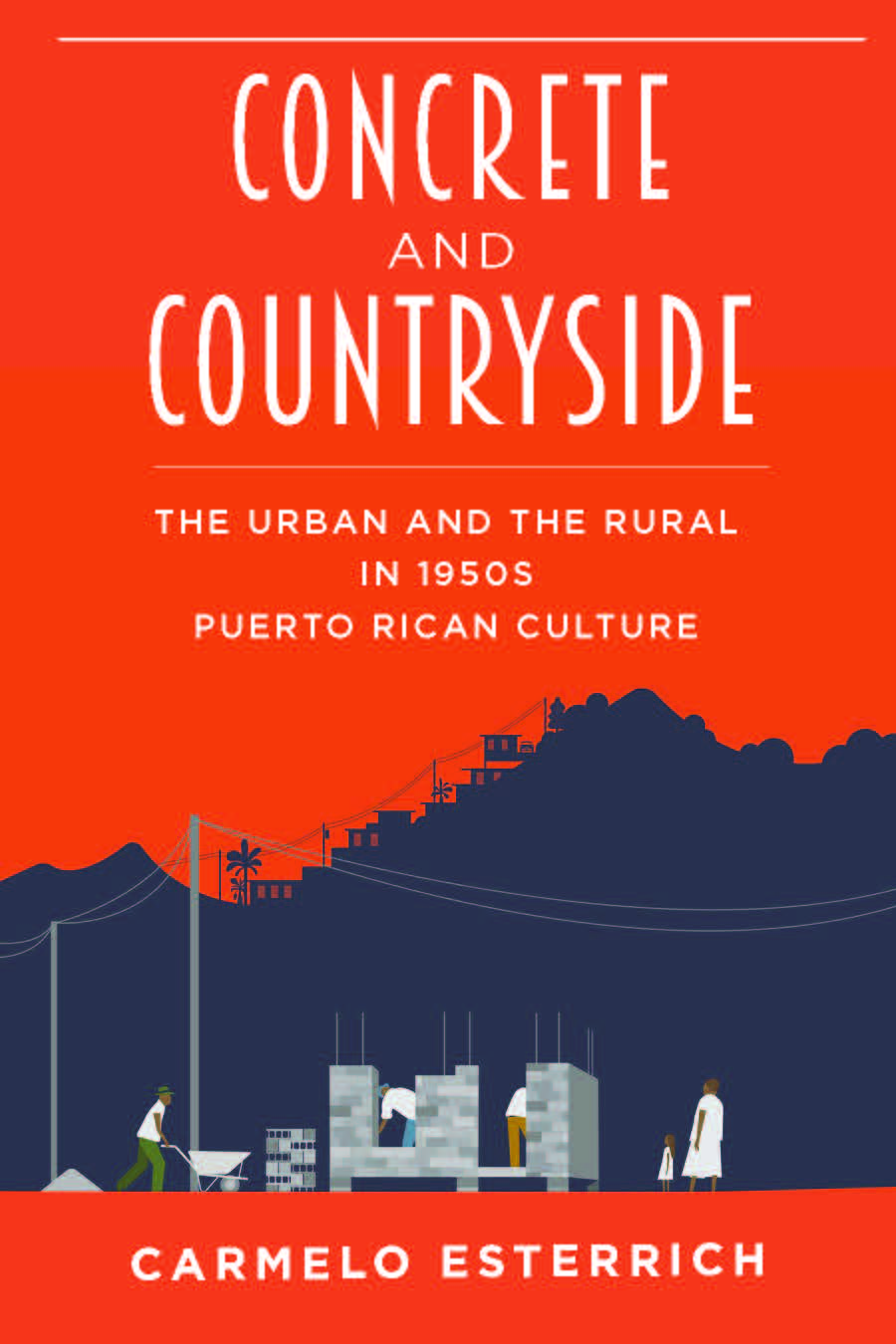
Puerto Rico in the 1950s was a land of paradoxes. The traditional rural agricultural society was rapidly being transformed by industrialization.New American factories were being built, as was infrastructure for transportation and communications. Migration into the cities was causing enormous social disruption and housing shortages. Tourism campaigns promoted the island’s hotels, beaches,and natural landscape. Puerto Rico was also a counterweight to Castro’s Cuba in the cold war.
The island had been a protectorate of the United States since the Spanish-American war of 1898, and U.S. citizenship was granted in 1917. Luis Muñoz Marín had recently become the first democratically elected Governor of the island, and a first constitution was adopted in 1952. Spanish replaced English as the official language in the school system. Citizens were deeply divided over whether Puerto Rico should become politically independent of the U.S.,whether it should become the 51st state, or whether to support the new U.S. Commonwealth status while seeking more political, social, and economic independence.
The tug of war between rural vs. urban, and independence vs.annexation is the backdrop for Dr. Carmelo Esterrich, insightful new book Concrete and Countryside: The Urban and the Rural in 1950’s Puerto Rican Culture (University of Pittsburgh Press, 2018). The book documents how the government went full speed ahead with modernization while simultaneously promoting a cultural nationalism that was built on rural subjects, practices, and spaces. “The idea was that creating a Puerto Rican cultural identity was sufficient for creating a sense of independence from the United States,” Esterrich said. “The strategy permitted, officially at least, sidestepping discussions of political nationalism. To this day, cultural nationalism continues to be the reigning discourse of Puerto Ricans on the island and in the diaspora.”
Esterrich, who is an associate professor of Spanish,humanities, and cultural studies at Columbia College Chicago, explores the challenges of creating a sense of shared cultural identity in “what reggaetón artist Tego Calderón would later call the “racial trilogy” (“Loíza”): the argument that a composite of Spanish, African, and indigenous elements constituted the historical foundation of contemporary Puerto Rican culture,”Esterrich said.
He continues, “This is the curious case of Puerto Rico from the 1940s to the early 1960s around the negotiations of culture and the machinations of cultural nationalism: a multilayered tug-of- war. Muñoz Marín believed that for cultural nationalism to work, all of the various regional cultures had to be consolidated into something homogeneous. The Puerto Rican rurality movement opposed efforts to lump together the distinctive cultural identities of the country.
The navigations and contradictions of the period were neatly packaged in two ubiquitous official images, two branding visual icons, two veritable logos: on the one hand, the silhouetted profile of a jíbaro—the name for a rural peasant on the island—wearing the traditional hat as the emblem for Popular Democratic Party; on the other, the image of a shirtless factory worker used by the Oficina de Fomento Económico, the commonwealth’s Industry and Economic Development Office. These images encompassed some of the official, government gestures: the adoption of the rural peasant to represent the national subject (and to speak on behalf of the island as a whole) and of the urban factory worker to represent industrialization and development. These emblems also illustrated the complexity of the rural and the urban—in its many configurations—during Puerto Rico’s process of modernization”, says Esterrich.
Concrete and Countryside documents how the government’s Institute of Puerto Rican Culture focused on prioritizing the island’s cultural elements, instead of celebrating the “racial trilogy” of Spanish, African, and indigenous elements. “The Catholic tradition of the Spaniards was deemed essential, while any African elements of religiosity were summarily discarded as not authentically Puerto Rican. The African heritage—almost always described generically as such,without a recognition of the staggering cultural diversity of that continent—was limited, for the most part, to its connections to colonial slavery and (sometimes reluctantly) the music tradition. The indigenous element was specifically identified as Taíno; officially regarded as extinct, Taínos were useful due to their “symbolic malleability,” meaning that they could safely become the ancestral Puerto Ricans, the community that connected contemporary subjects to the island itself. The jíbaro, though paradoxically rendered as the alleged product of this naturalized ancestry, was refurbished—whitened and de-Africanized, permanently locked in rurality, claimed as the bedrock of true folklore—to become the proof of the predominant Hispanic heritage of the island.”
Esterrich brings this remarkable story to life by focusing on the music of the popular band Cortijo y su combo, the writings of Jose Luis Gonzalez and Rene Marques, and the film production of the state-sponsored Division of Community Education. To learn more about this amazing period in Puerto Rican history, come hear Dr. Esterrich read, discuss, and sign copies of his new book at the Columbia Library’s Friends of the Library Signature Showcase on Thursday, November 29, 6 – 8 p.m. Copies of Dr. Esterrich’s book will be available for purchase at the event courtesy of the Columbia College Chicago Bookstore.
This program is free and open to the public. Light refreshments will be served at 6 p.m.; program begins at 6:30p.m.
